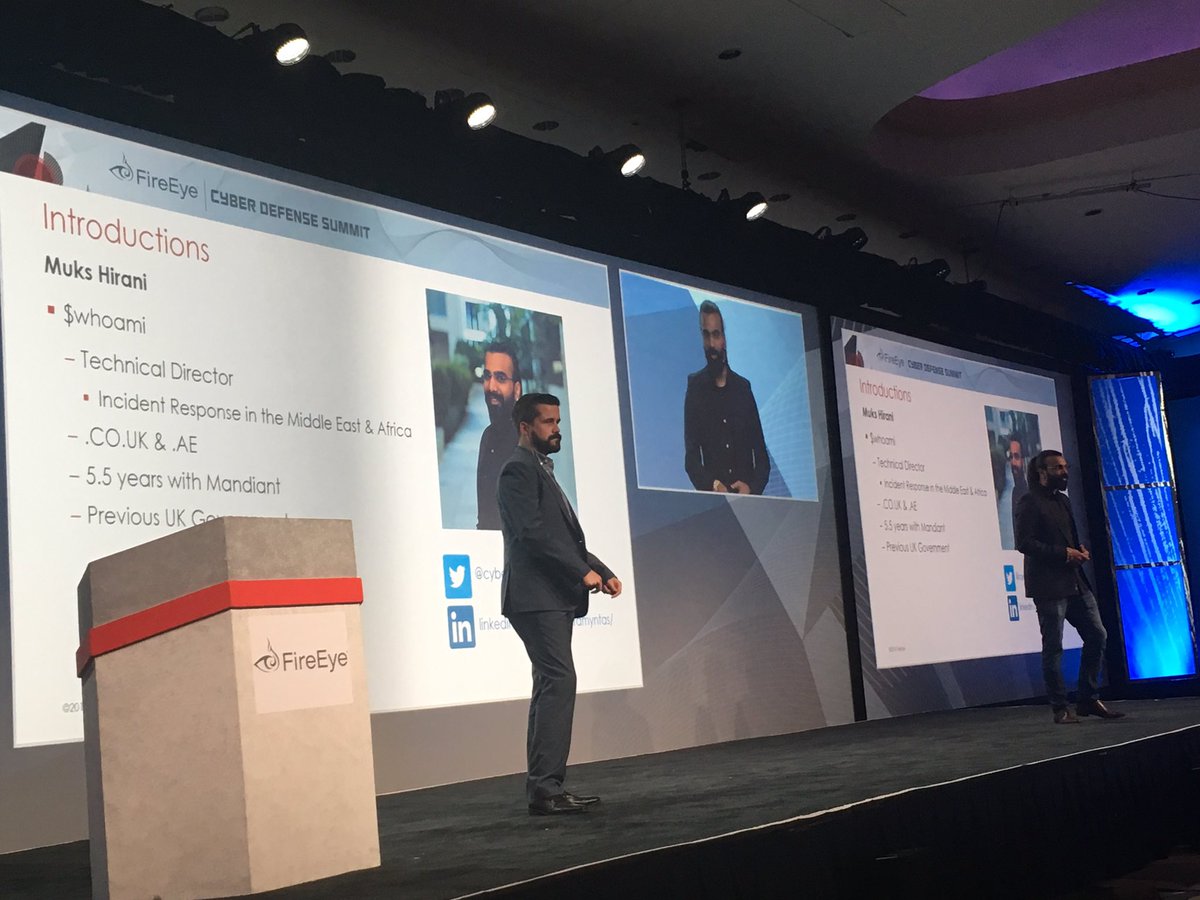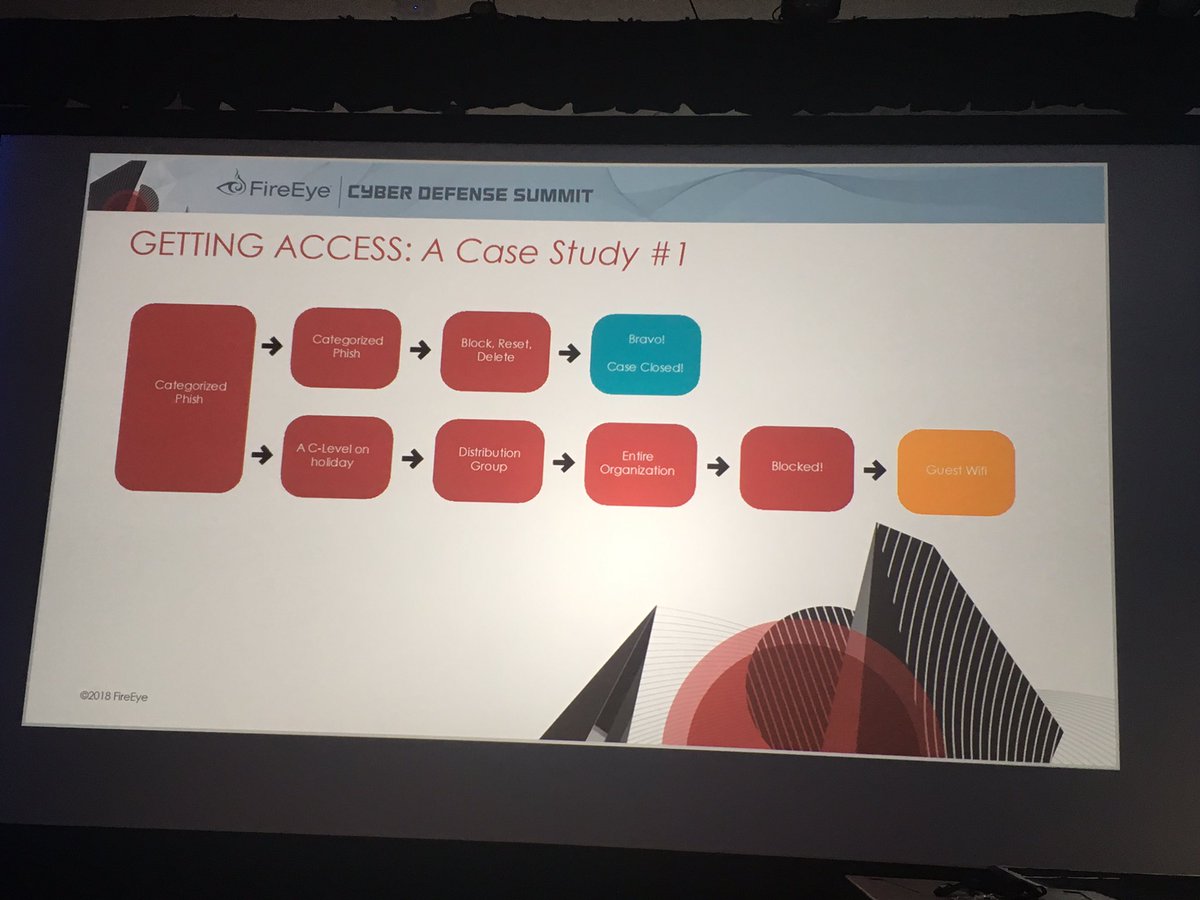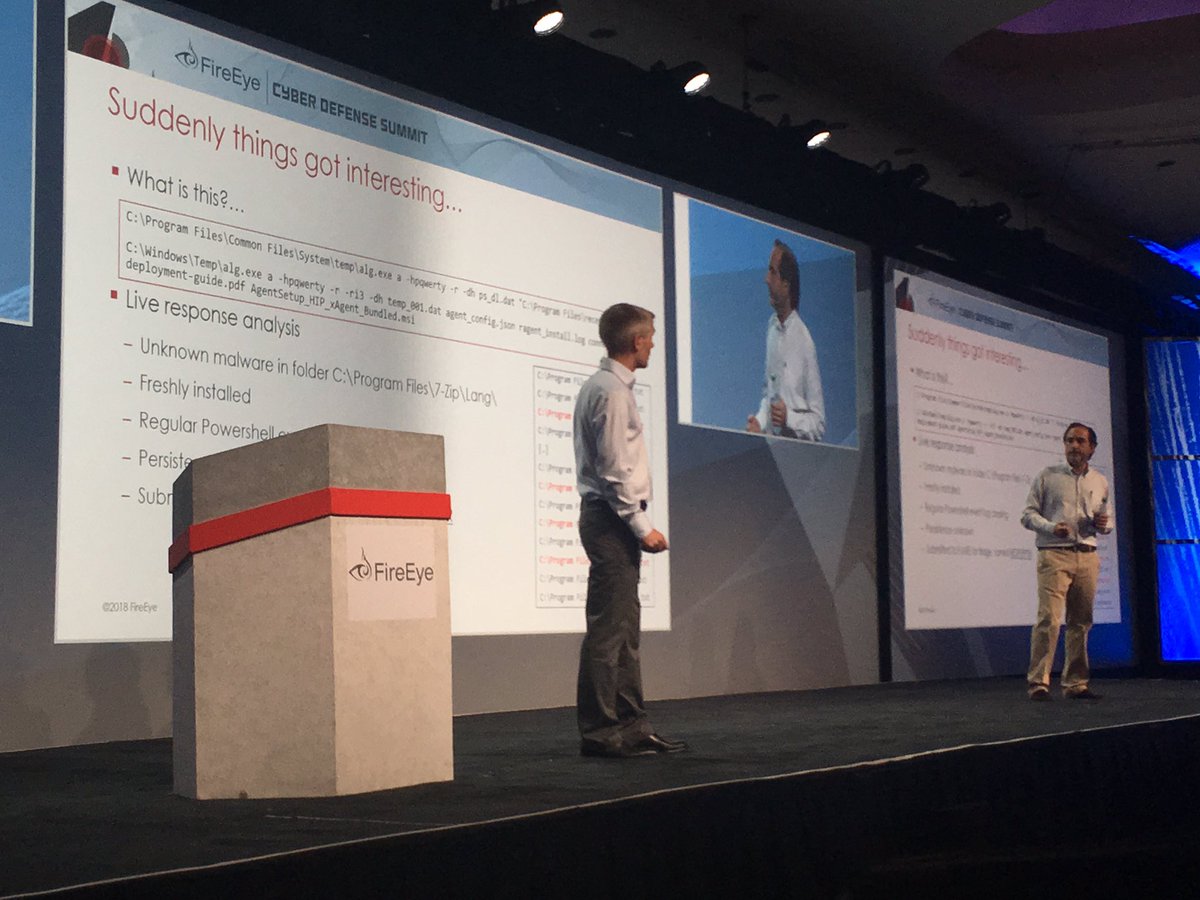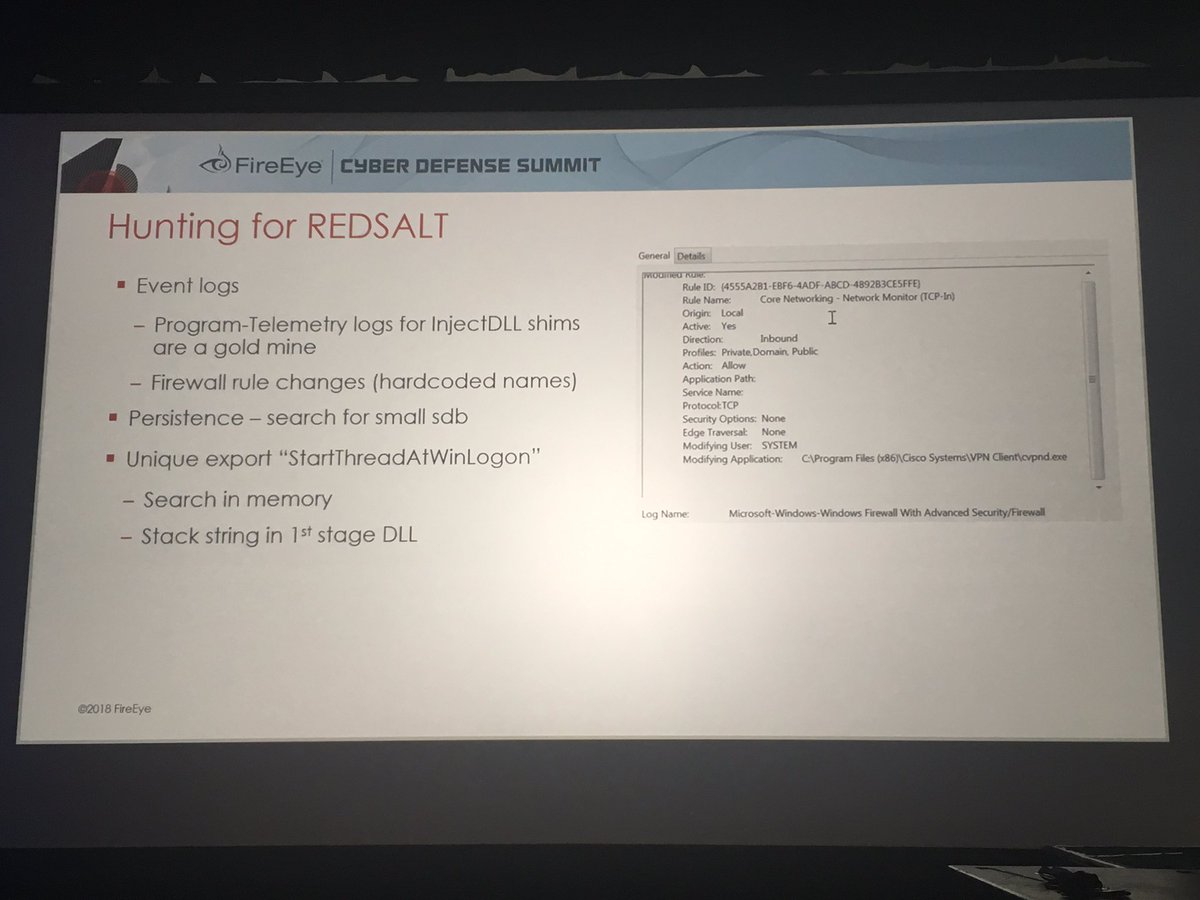Reading justice.gov/opa/pr/russian… today reminded me how I got my start in #DFIR in 2008 investigating FIN1. Let's take a walk down memory lane.
FIN1 (in my experience) has had a few major periods of activity (2007-2009, 2011-2012, and 2014-2015) - each with their own distinct set of TTPs. They've significantly improved their capabilities over the years (even though multiple members have been arrested)
• • •
Missing some Tweet in this thread? You can try to
force a refresh










